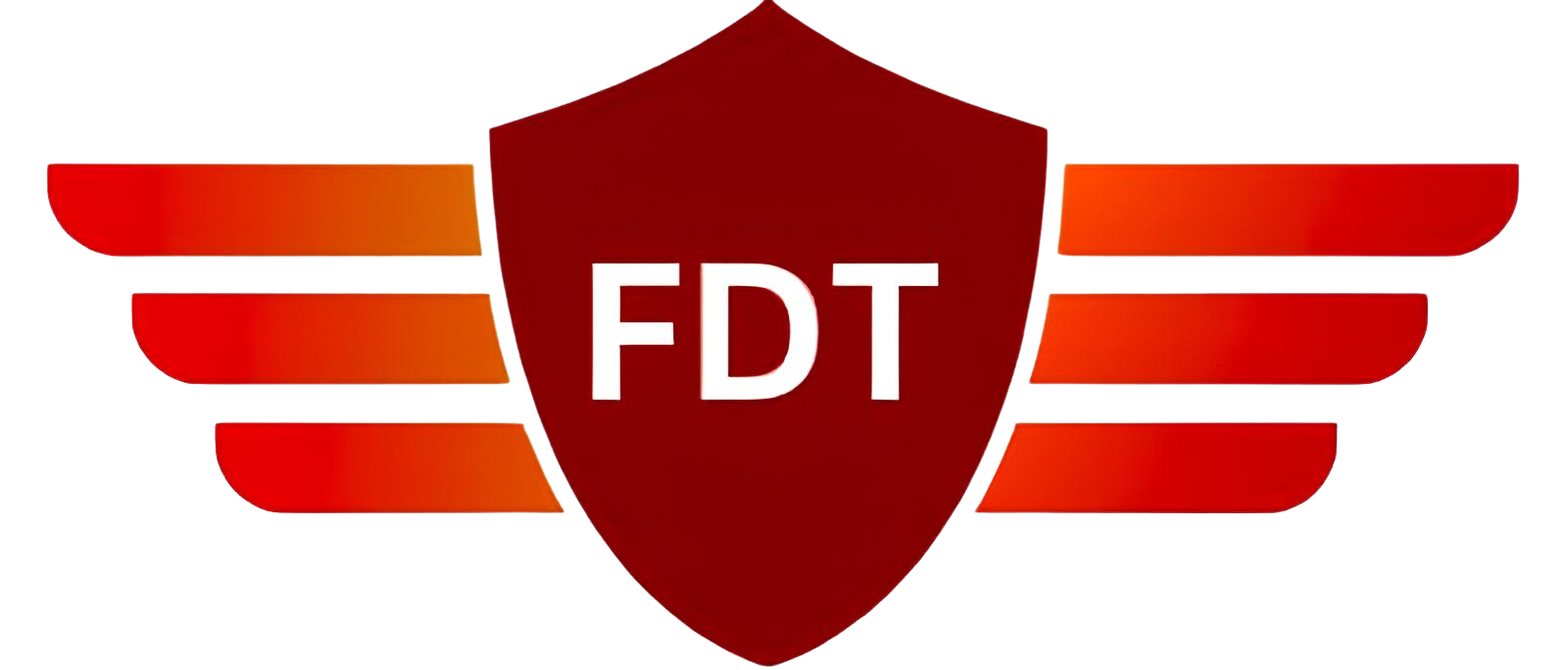Ship Construction
- Powerline inspection
- Solar inspection
- Wind Turbine inspection
- Bridge Inspection
- Heritage Inspection
- Aircraft Inspection
- Port Inspection
Solar Panel Inspection
Solar panel Inspection using drones involves the use of drones equipped with advanced sensors, such as thermal cameras, to inspect and analyze solar panel efficiency and detect issues like hotspots or defects. The drones quickly survey large solar farms, providing detailed data for maintenance and optimization.
Outputs
-Azimuth Effect
-Micro Cracking, Cracks and Breakages
-Hotspots
-Dirt and Liquid Debris Accumulation
-Shading
-Delamination
-PID (Potential Induced Degradation)
-Bypass Diode Failure
-Corrosion and Oxidation
Wind Turbine inspection
Drone-based wind turbine inspection involves using unmanned aerial vehicles (UAVs) to assess the condition and performance of wind turbines. Drones equipped with high-resolution cameras, thermal sensors, and other advanced tools can quickly and safely inspect hard-to-reach areas, such as turbine blades, towers, and nacelles. This method offers several advantages over traditional inspection techniques, including reduced downtime, lower costs, and minimized risks to human inspectors. Drones can capture detailed visual and thermal data, enabling the detection of issues like cracks, corrosion, and wear. This data is then analyzed to support timely maintenance decisions, ensuring the efficiency, safety, and longevity of wind turbines.
Outputs
Visualisation of temperature on large areas of e.g. the rotor blade for comparison
Detection of hidden defects and failures
Detection of erosion and corrosion
Examination of abnormalities.
Vegetation, Bird Strike and
Common H:- Industrial 3D Model
Drone-based 3D modeling for inspecting industrial utilities and assets is transforming the inspection industry in remarkable ways. This approach offers key benefits over traditional methods, including reduced costs, time efficiency, and improved safety. Drones create detailed 3D models of equipment, structures, and infrastructure, allowing inspectors to remotely evaluate their condition. Regular drone inspections, whether weekly or monthly, help extend the lifespan of assets and enhance performance. Early identification of potential issues enables proactive maintenance and repairs, preventing expensive downtime. The impact of drone inspections is revolutionizing asset management, ensuring more efficient operations and optimal performance.
Powerline Inspection
Drone-based powerline inspections offer numerous advantages in maintaining the reliability and efficiency of electrical infrastructure. Equipped with high-resolution cameras, drones capture detailed images of power lines, detecting erosion, cracks, and other signs of damage. Thermal cameras help identify hidden electrical issues by capturing heat patterns. Drones also assist in spotting vegetation overgrowth that may interfere with power lines, preventing potential outages and ensuring a consistent power supply. By providing fast and accurate visual assessments, drones enhance structural integrity, defect detection, and vegetation management in powerline inspections, leading to improved reliability and reduced downtime.
Outputs
Vegetation Detection
Sag Correlation
EMC Effect Detection
Cracked Insulation Detection
Structural Integrity
